Planting trees does not bring forests back – not if the seeds don’t sprout, or if the saplings die off, or if the trees are cut down again. So how does Ecosia make sure its trees keep standing?
The first thing to note is that Ecosia’s trees need to survive in some of the harshest places on the planet. They grow in the world’s driest areas, such as Burkina Faso and Peru. Along Madagascar’s coast, they grow in seawater. In Ghana, they grow on the frequently flooded banks of the Daka river.
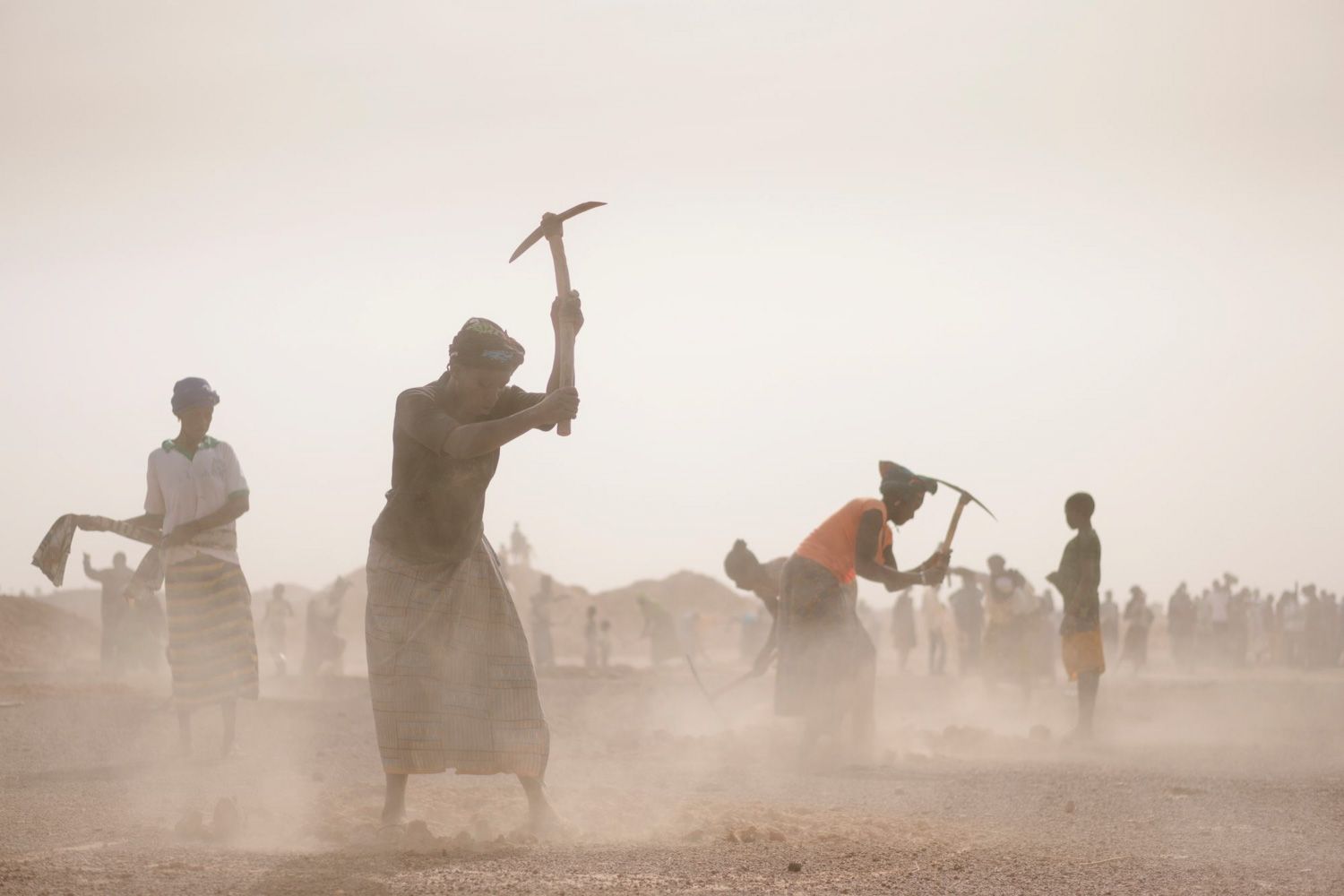
How Ecosia protects its trees against natural threats
To increase the chances of their survival, Ecosia has always opted to plant varied, local tree species. These tree species had millions of years to adapt to their local environment, and they’ve become very good at it. They stand a much better chance of survival than imported species.
Furthermore, Ecosia plants trees where they once grew naturally. This, too, increases the chances of their survival: where trees once used to grow, they are likely to thrive again.
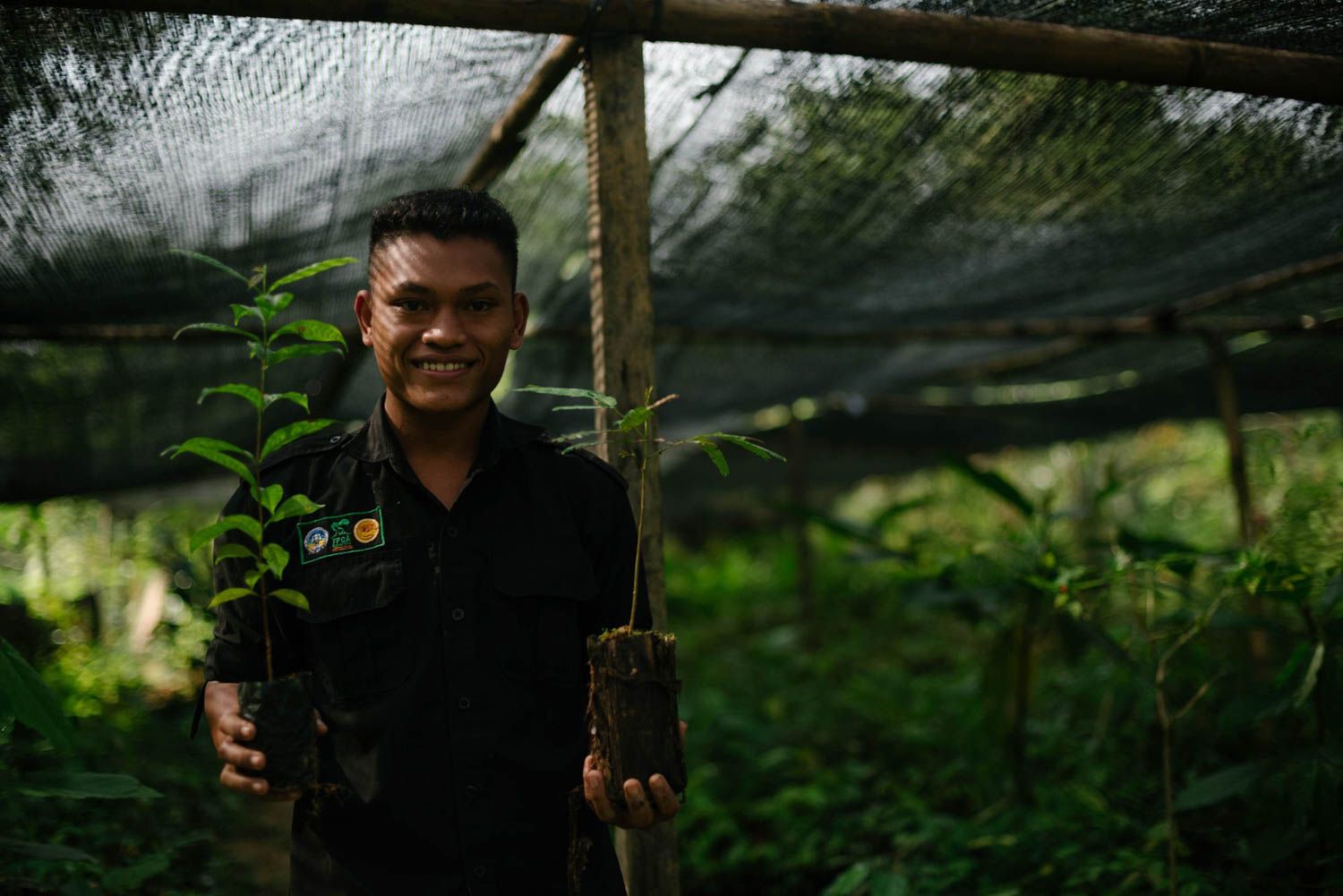

Of course, not all trees survive; that never happens. Ecosia therefore only counts trees that will survive for more than three years – a time when they’re robust enough to face most natural threats.
For instance, if we plant 1000 trees and know from experience that the mortality rate in this area is 25%, we’ll only add 750 trees to our tree counter. We continually measure the survival rate of the trees we plant, through inventories and satellite technology, and adjust our tree counter accordingly.
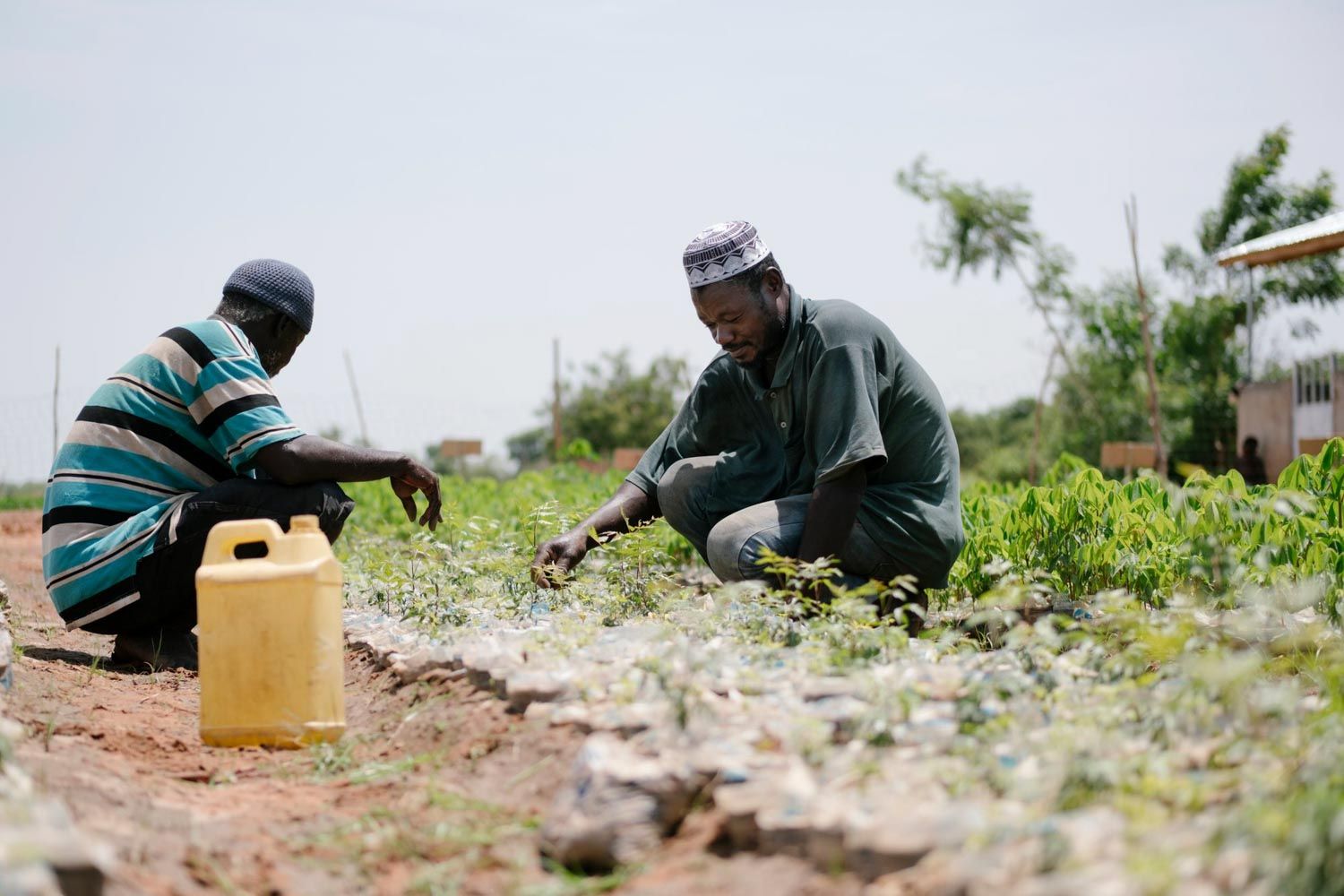
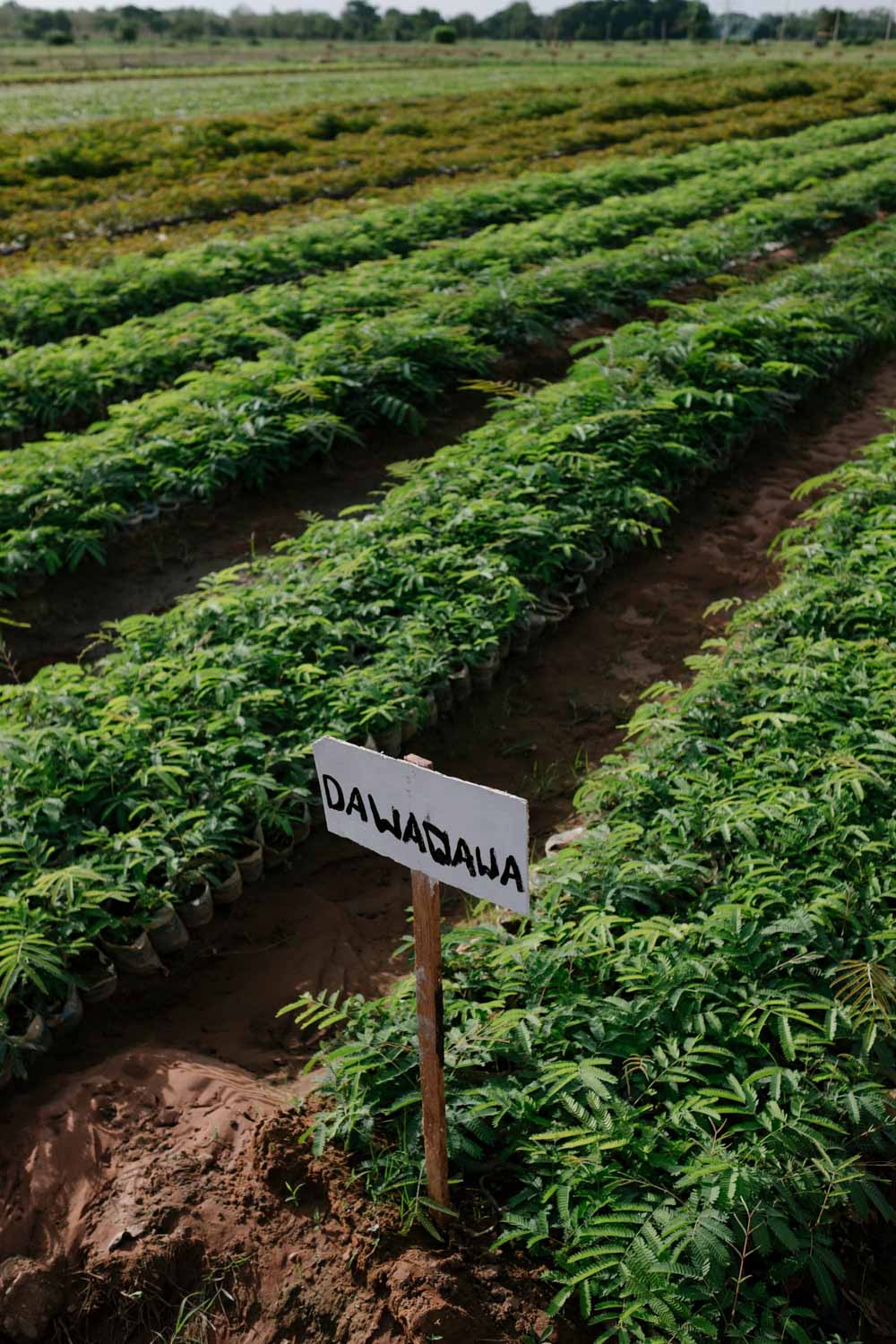
How Ecosia protects trees against human influence
There is, however, another sense in which Ecosia’s trees grow in difficult places: many of our planting locations are subject to enormous political, agricultural, and industrial pressures.
Brazil’s president, Jair Bolsonaro, is sacrificing ancient forests on the altar of short-term economic growth. In Uganda, the charcoal industry is dismantling dwindling chimpanzee habitat. In Indonesia, great tracts of forestland are set on fire to make room for sterile palm oil monocultures.
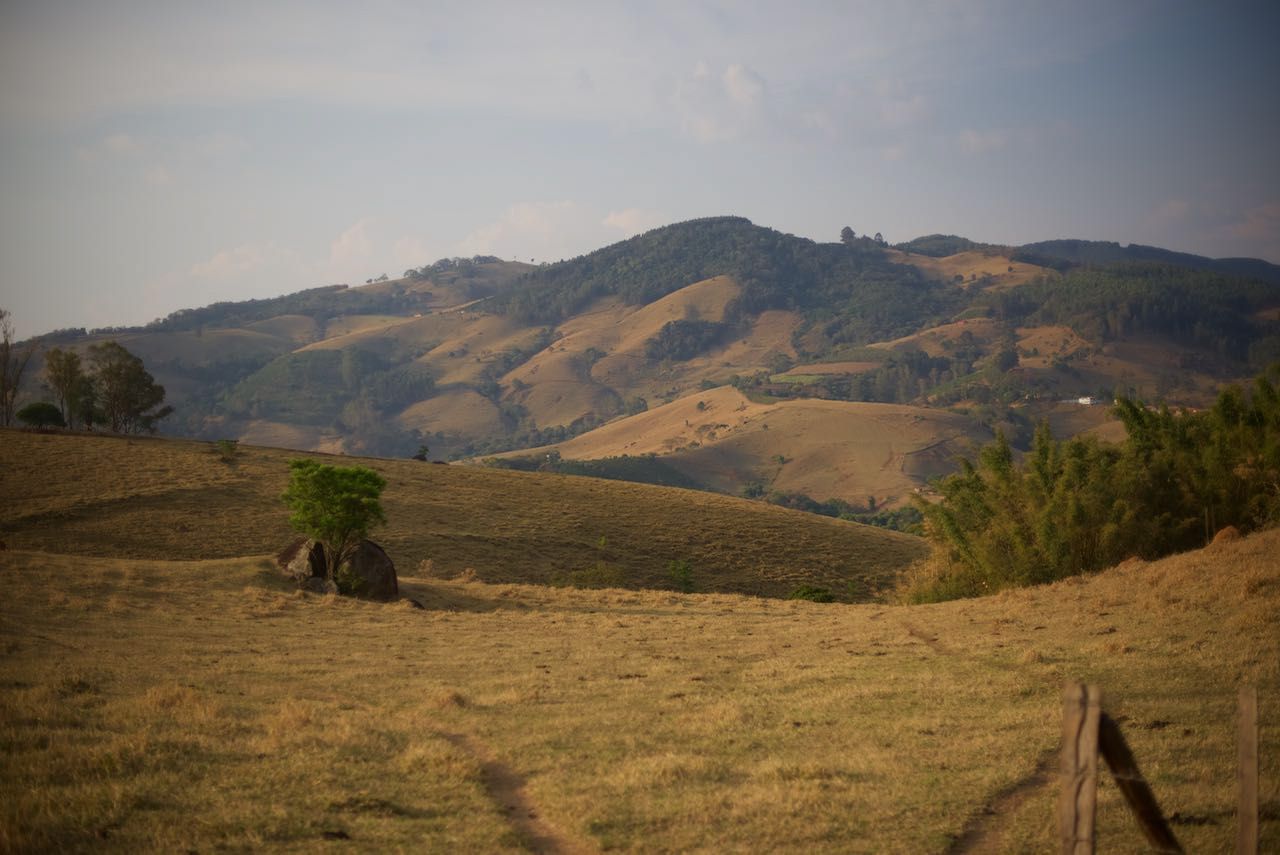
One way Ecosia is fighting these pressures is through information. In Peru, where the growing demand for firewood is damaging natural forests, our partners go from village to village to talk about the benefits of using branch-wood instead of tree trunks.
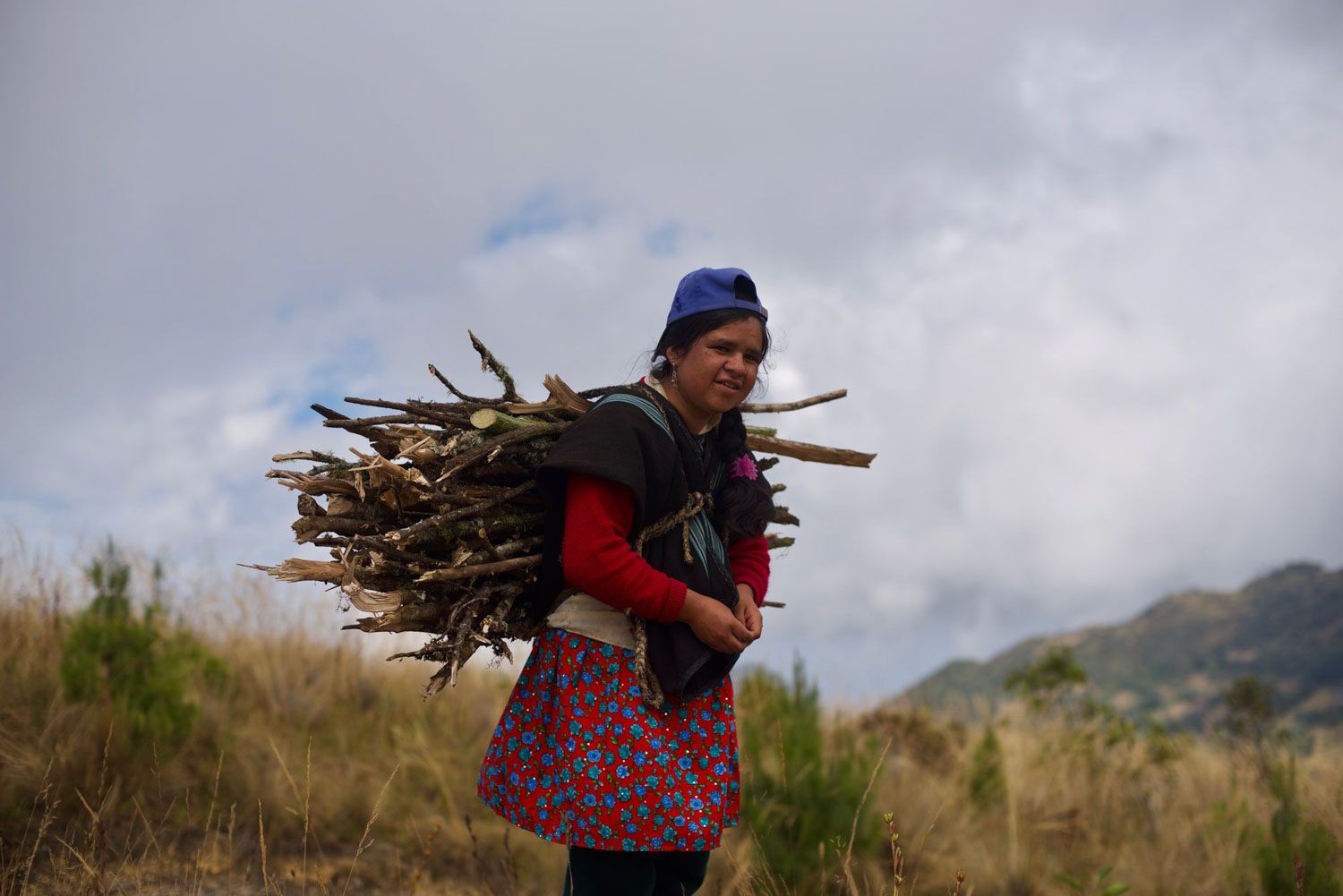
In Ethiopia, where overgrazing is commonplace, communities have agreed to spare environmentally crucial areas, and to use the “cut and carry” method elsewhere.
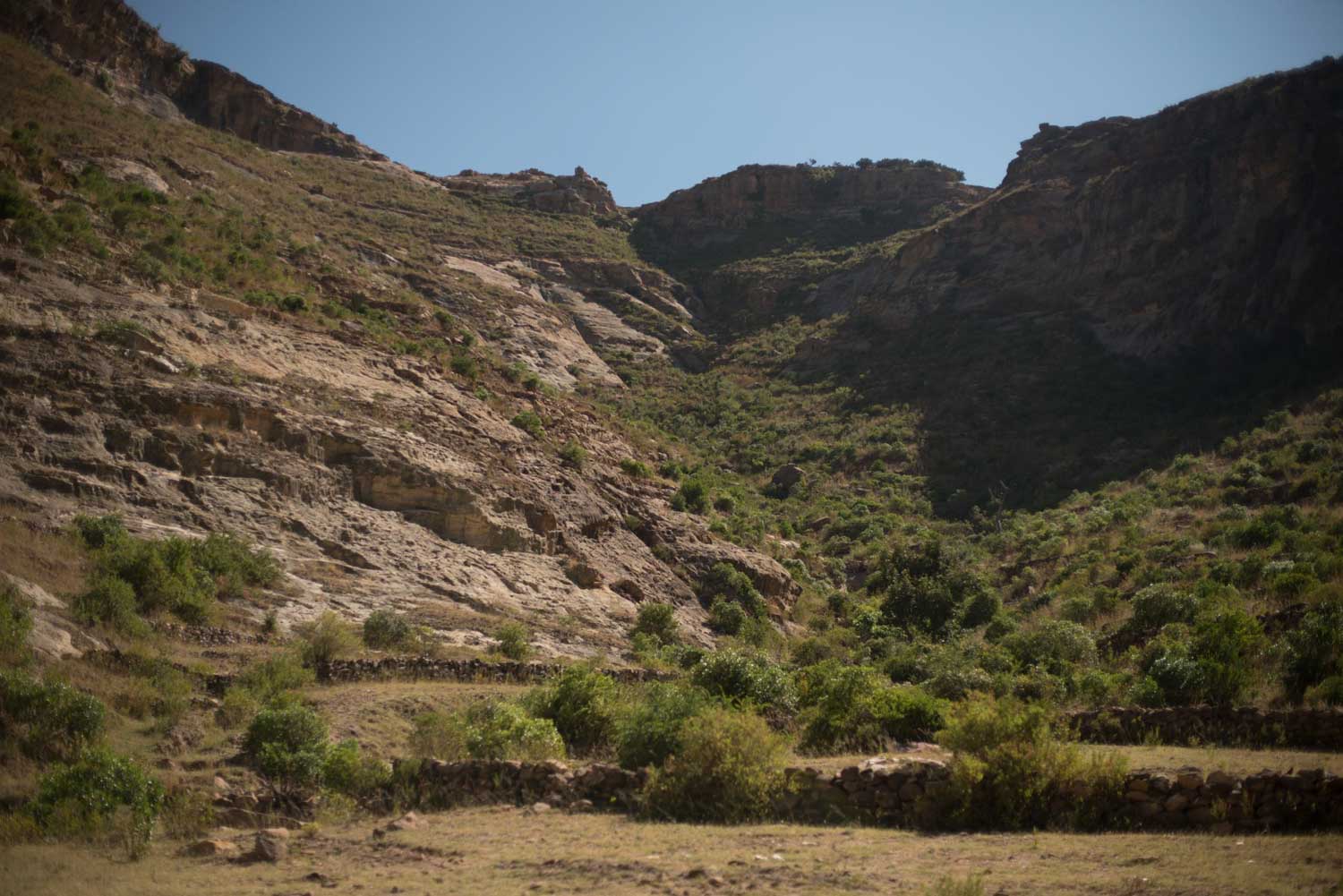
In Brazil, where beef farmers expand their ranches by burning adjacent forests, Ecosia’s firefighting team contains the flames, while our reforestation partners inform local communities about the benefits of keeping the forests standing.
In Uganda, Ecosia’s partner (the Jane Goodall Institute) gives lectures on ecosystem services in rural schools. In Malawi, we broadcast the benefits of trees on several local radio stations.
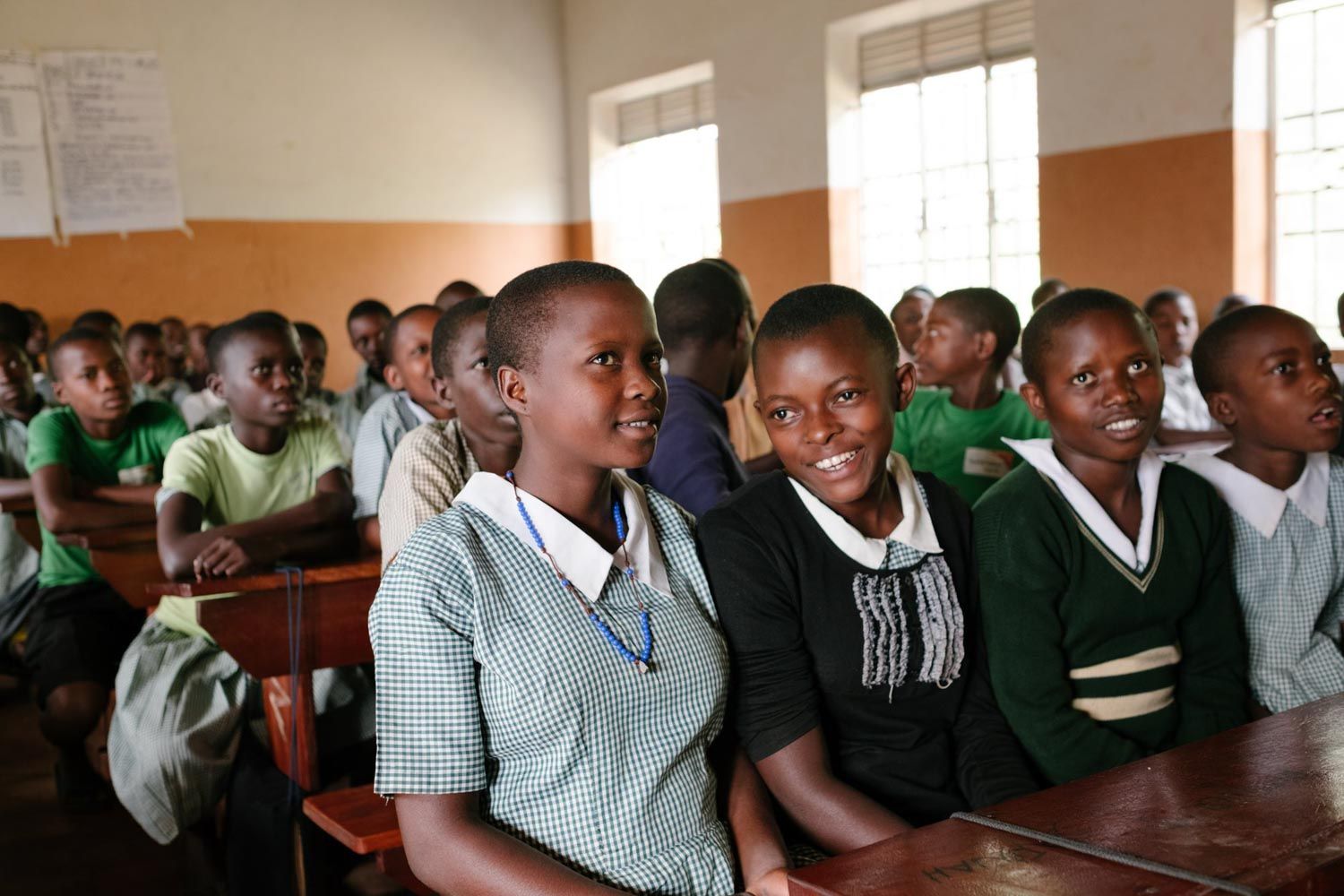
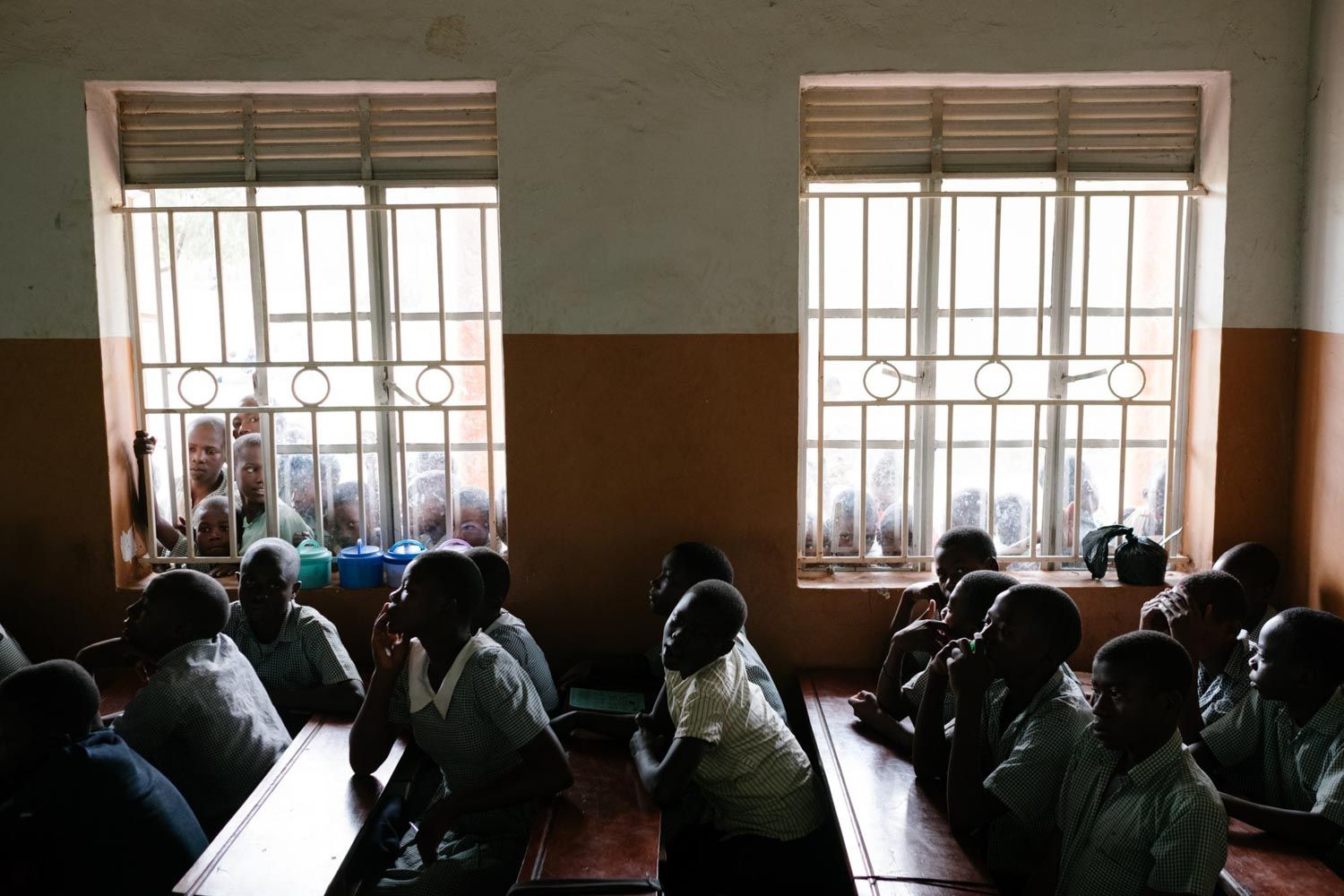
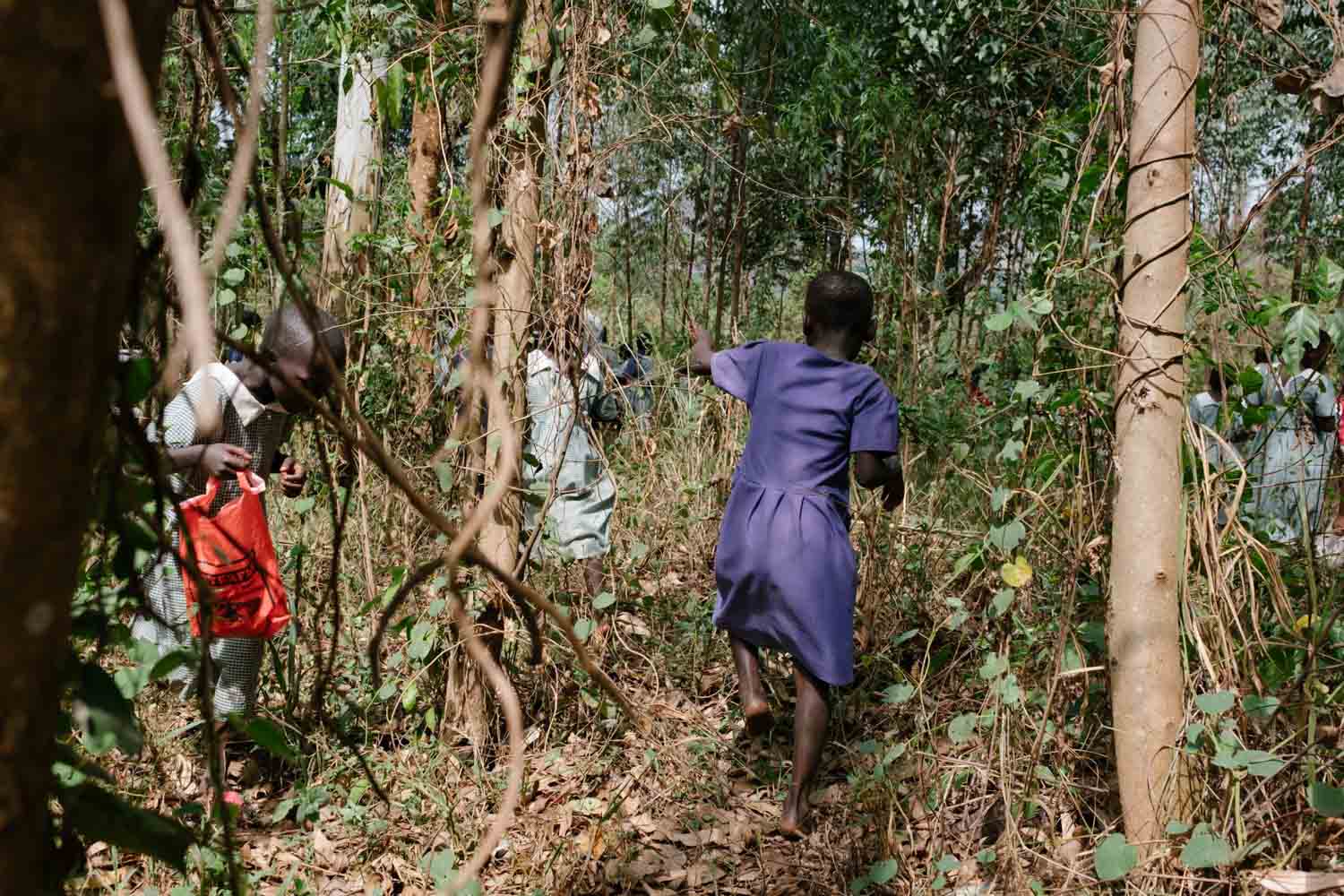
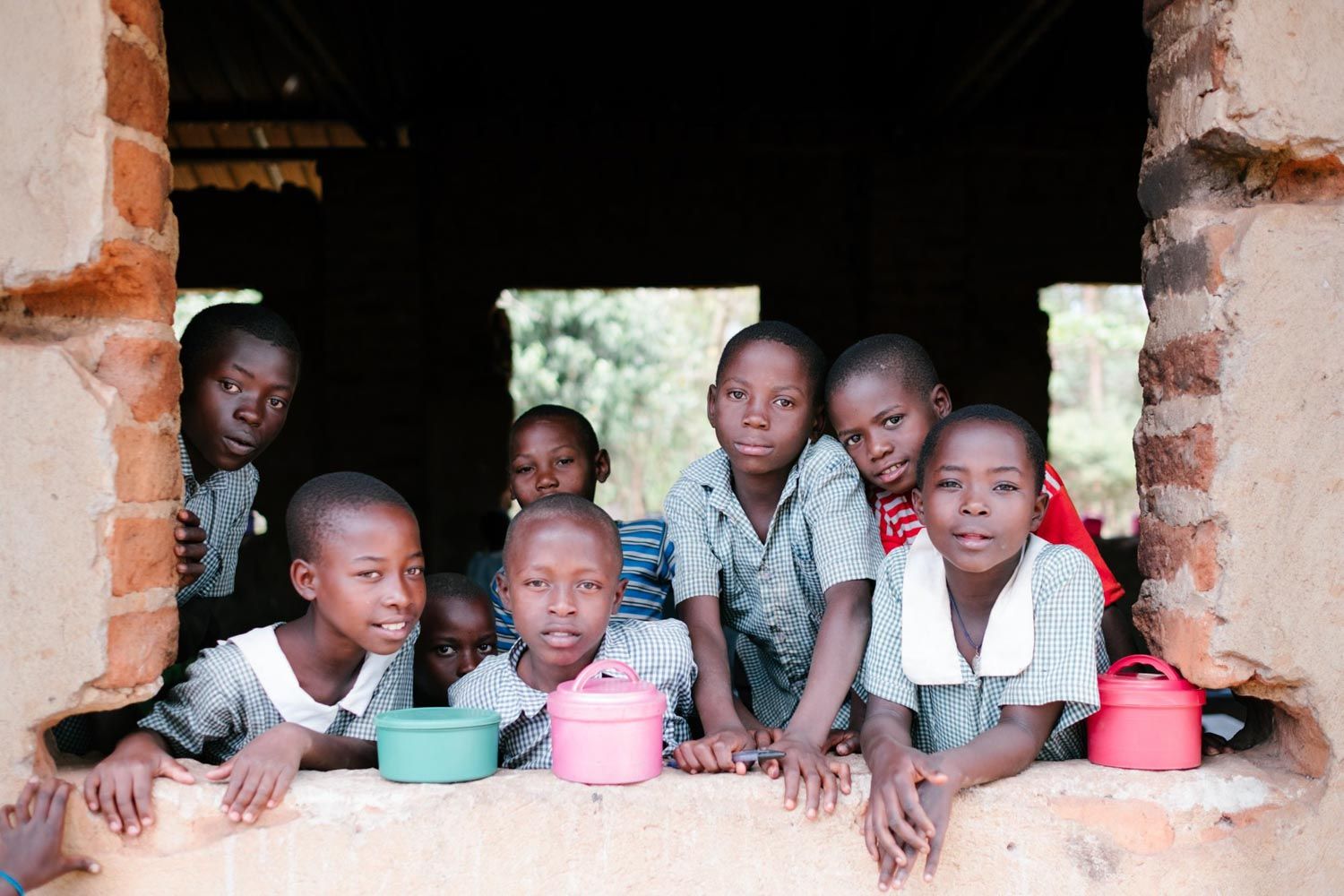
Working with local communities is the secret to successful reforestation
Putting local people first is not just the right thing to do, it’s also necessary for forests to grow back. When local communities have a better quality of life, the financial pressure to sell their land to mining companies, loggers, or big agribusinesses disappears. And when their improved quality of life is directly linked to tree planting, they have a powerful reason to protect the trees we’ve planted – and to plant many more themselves.
So how do we make sure that our trees benefit local communities?
In many cases, the trees we plant provide valuable tree products, such as baobab powder, shea butter, fruits, or Tengkawang oil. Consuming and selling these products is, in the long run, much more profitable than cutting the trees down. Many of these trees, such as the Tengkawang palm in Indonesia, grow best in mixed forests, rather than monocultures.
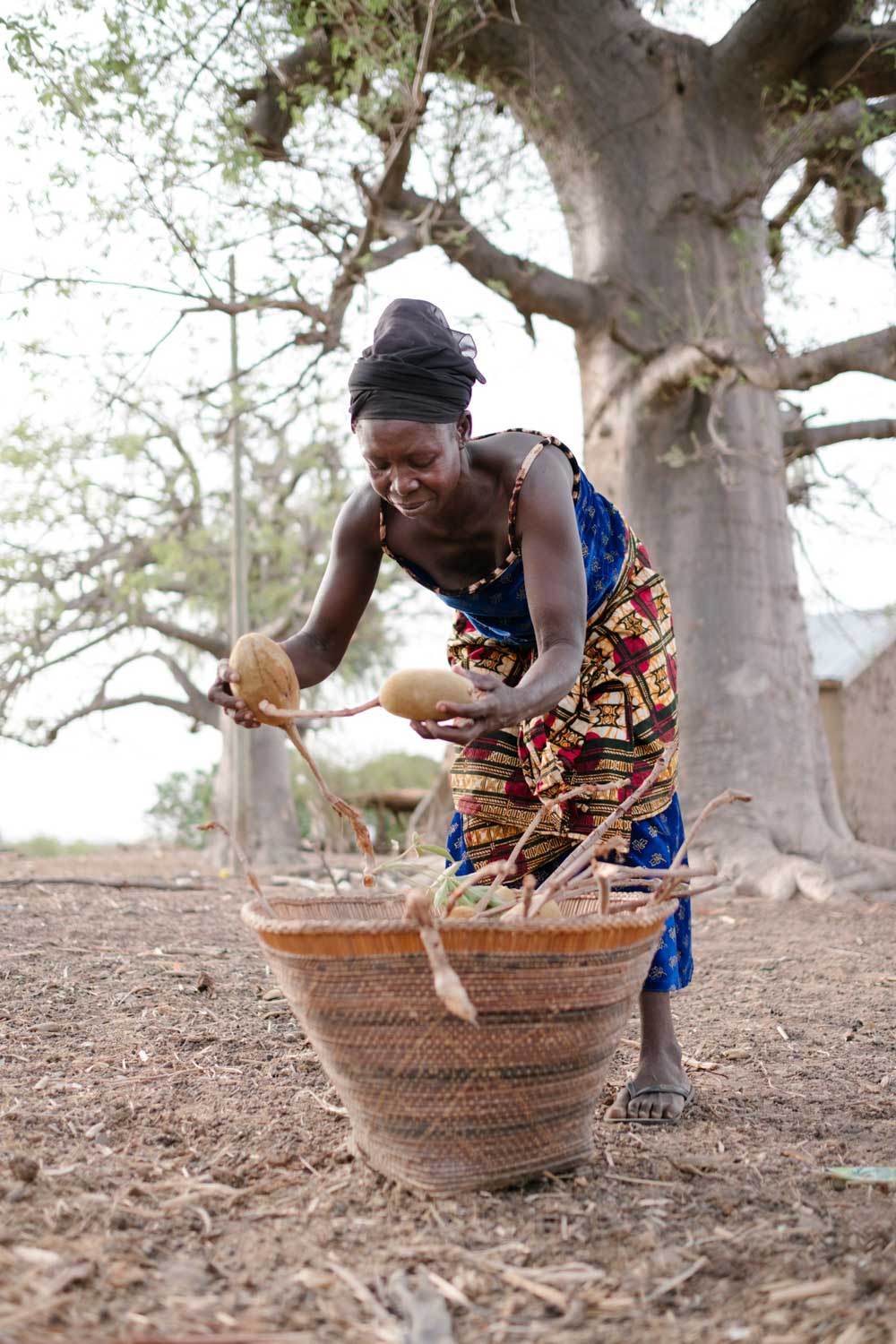
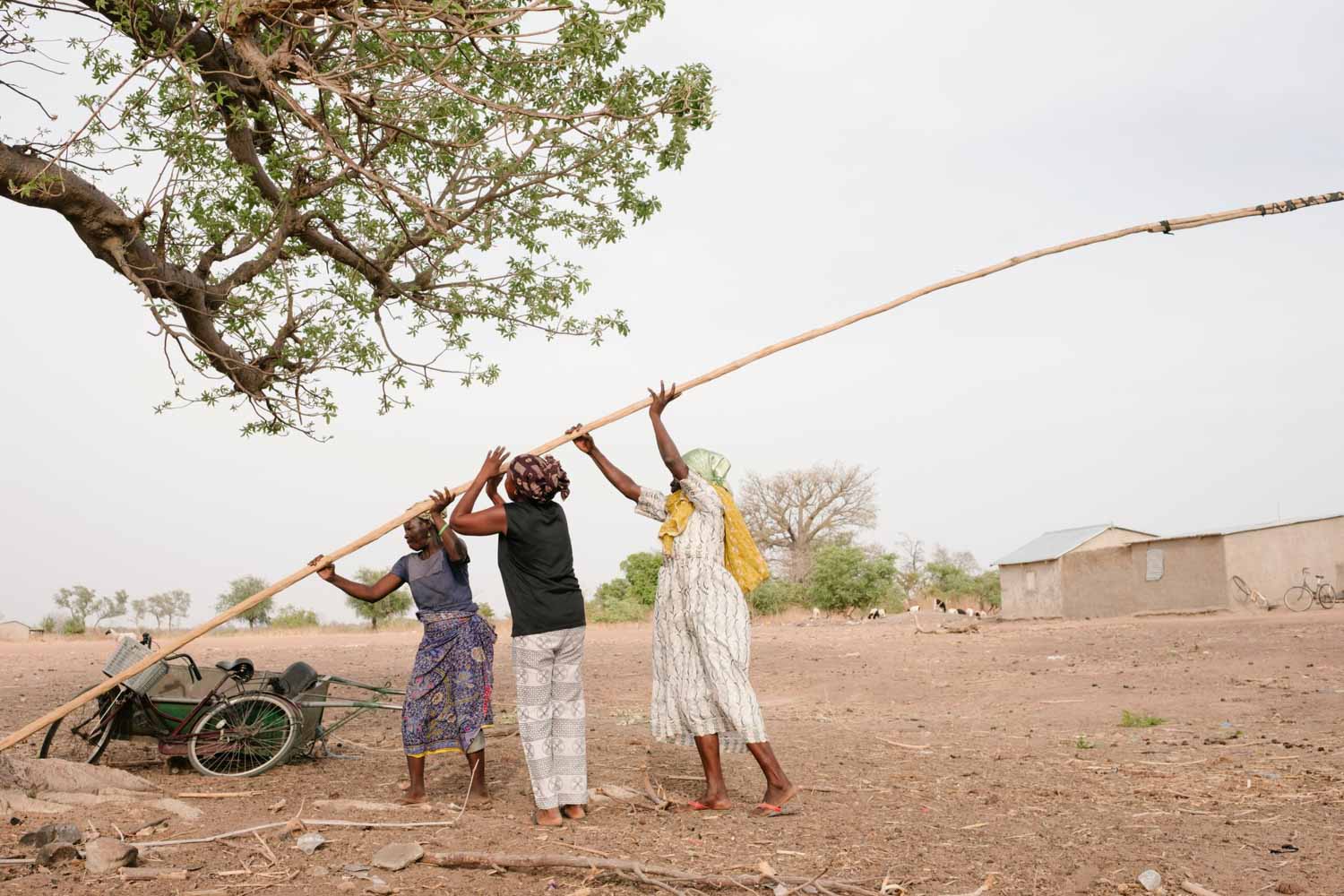
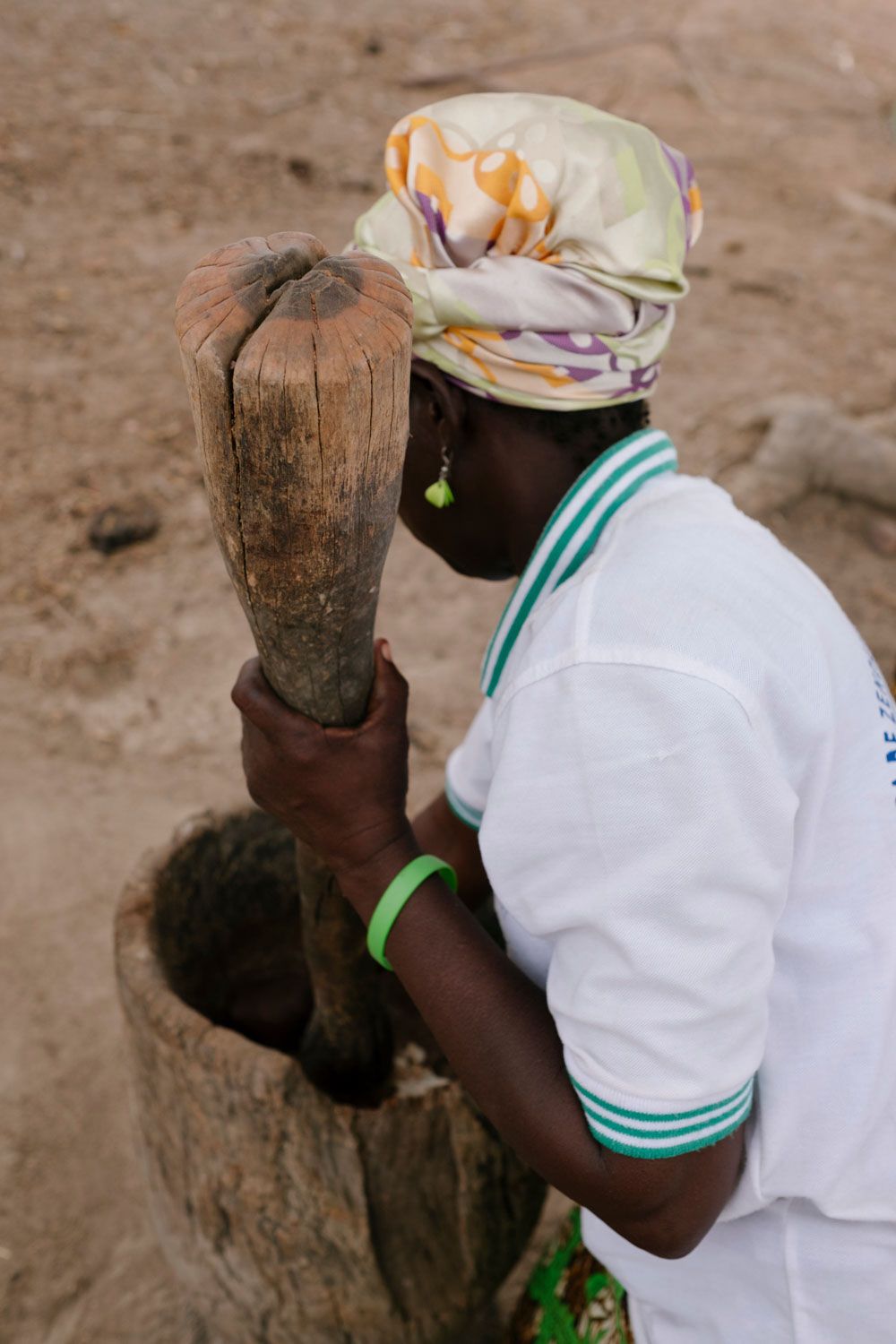
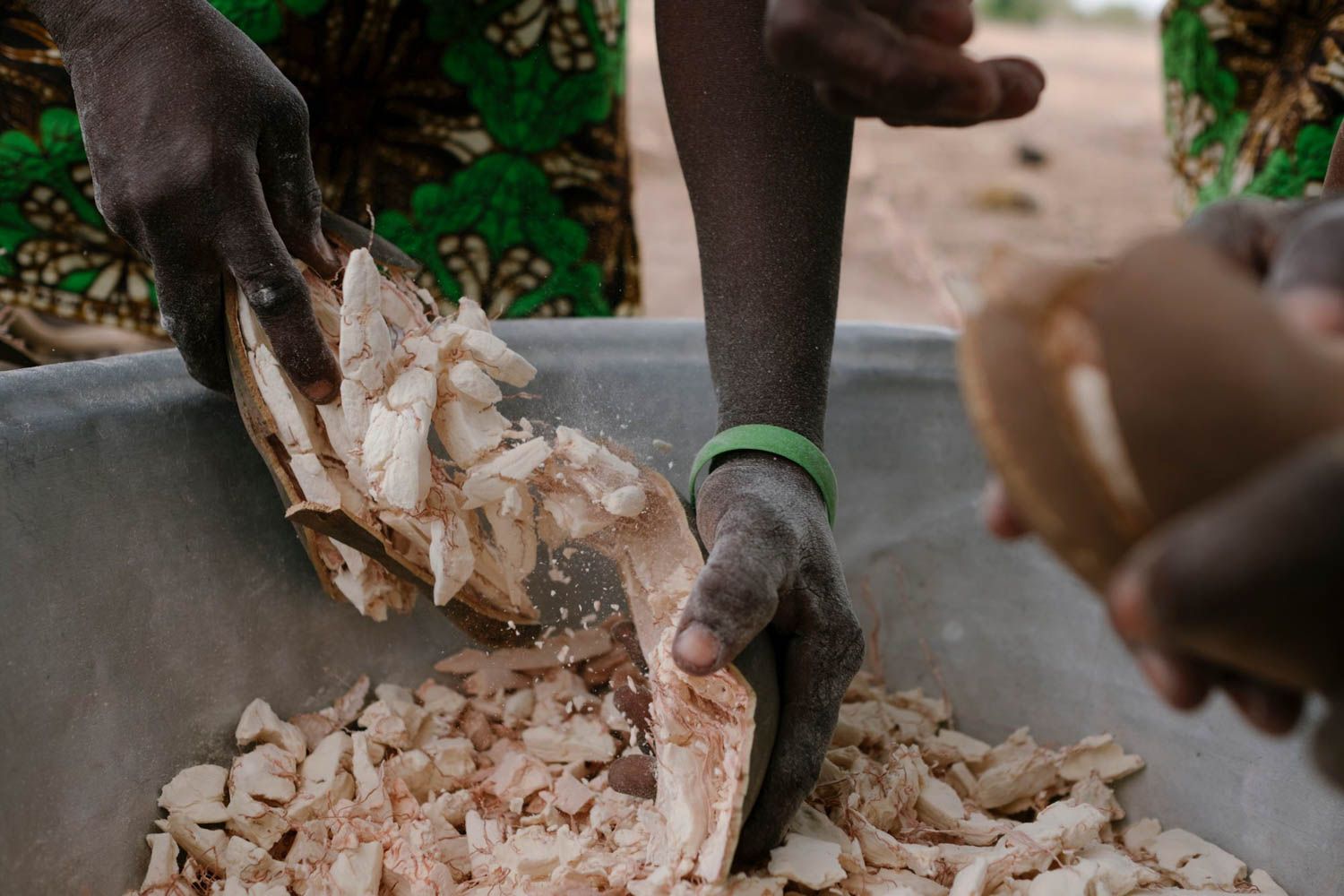
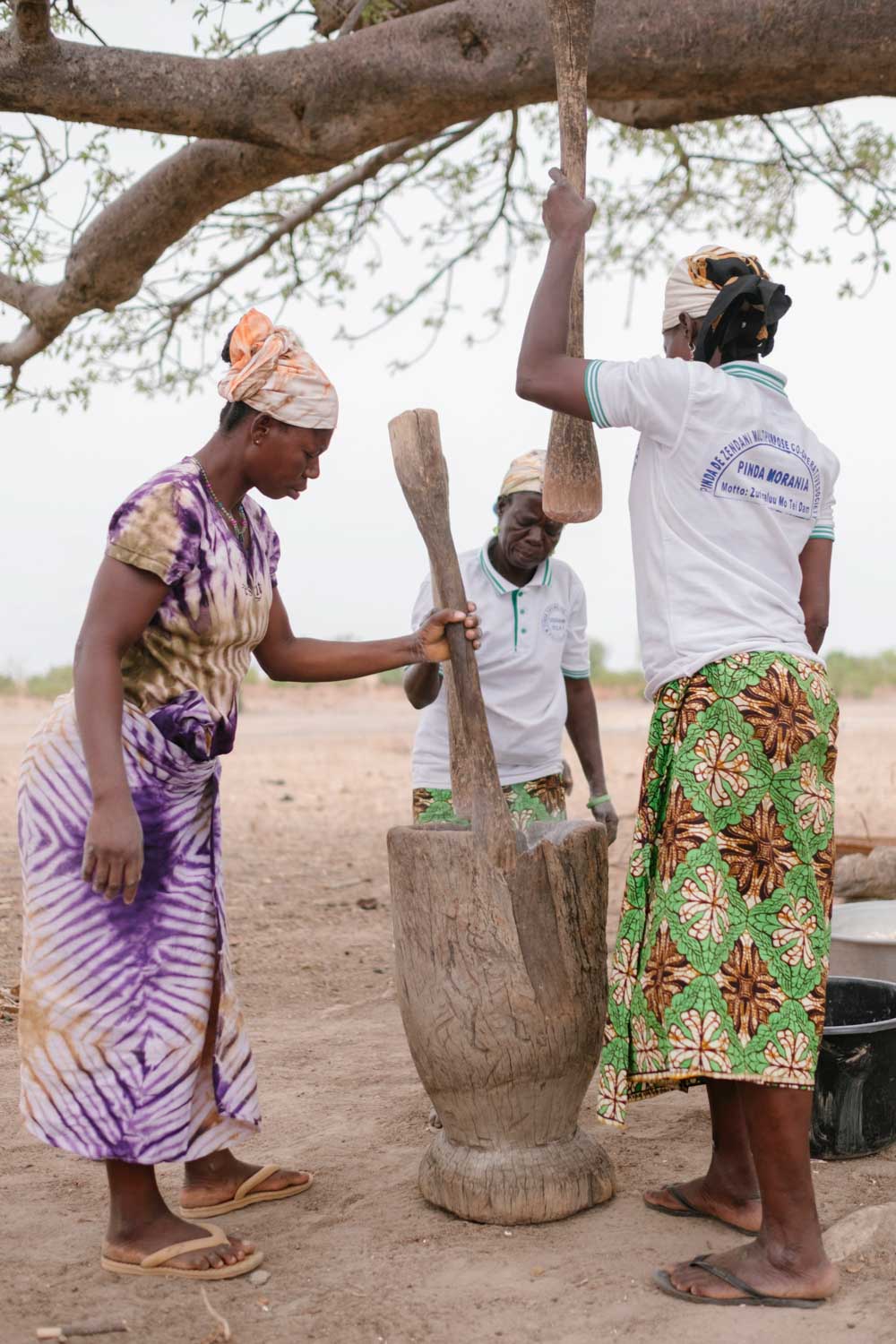
Trees also have a positive effect on smallholder farms. They improve soil fertility, prevent erosion, clean and replenish water supplies, and create microclimates that have become a vital resource on a warming planet. In Ethiopia, Colombia and Peru, our shade trees have increased coffee yields. In Senegal, Haiti and Nicaragua, agroforestry – the coexistence of trees and crops – has diversified diets and allows people to grow and sell vegetables in the dry season.
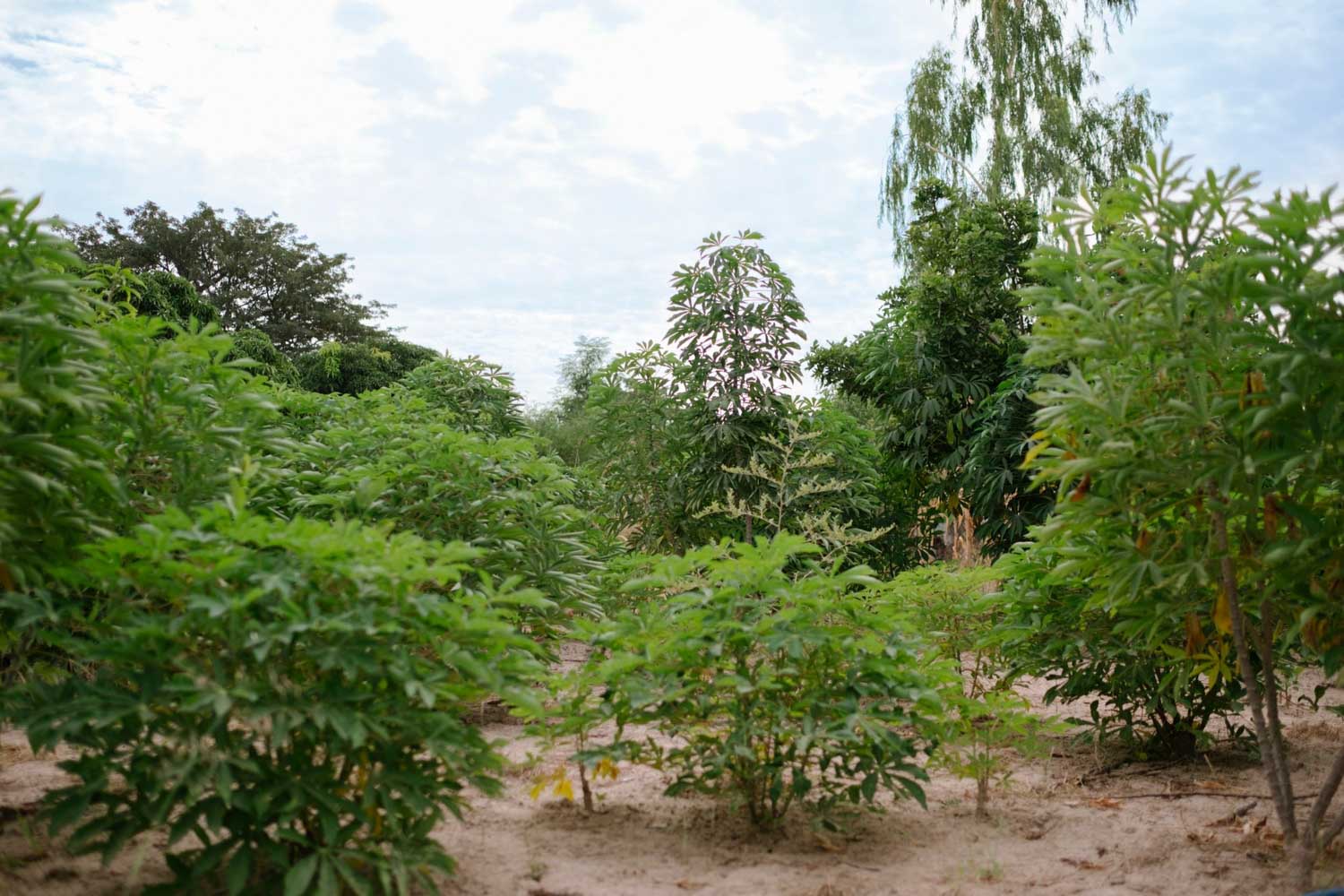
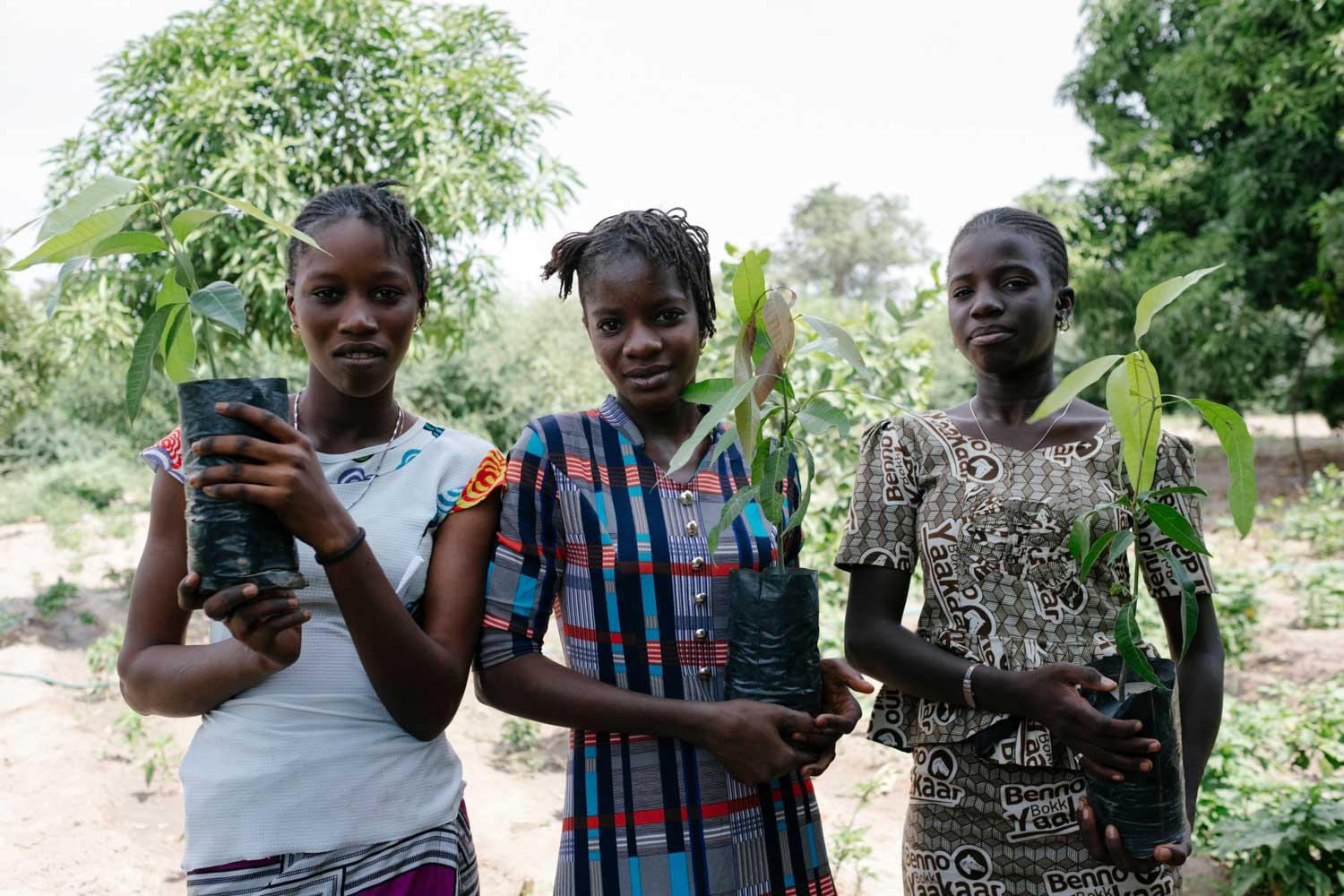
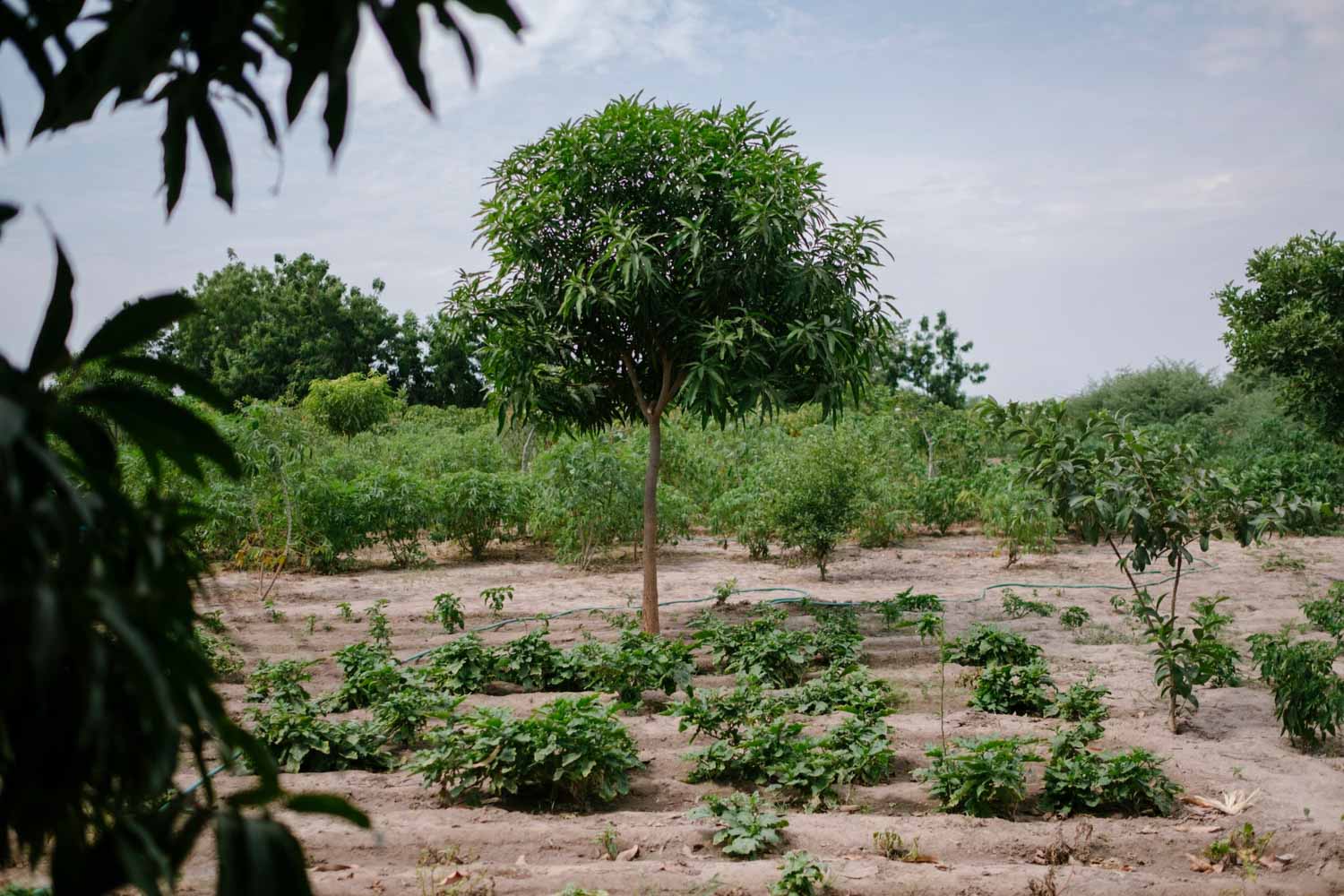
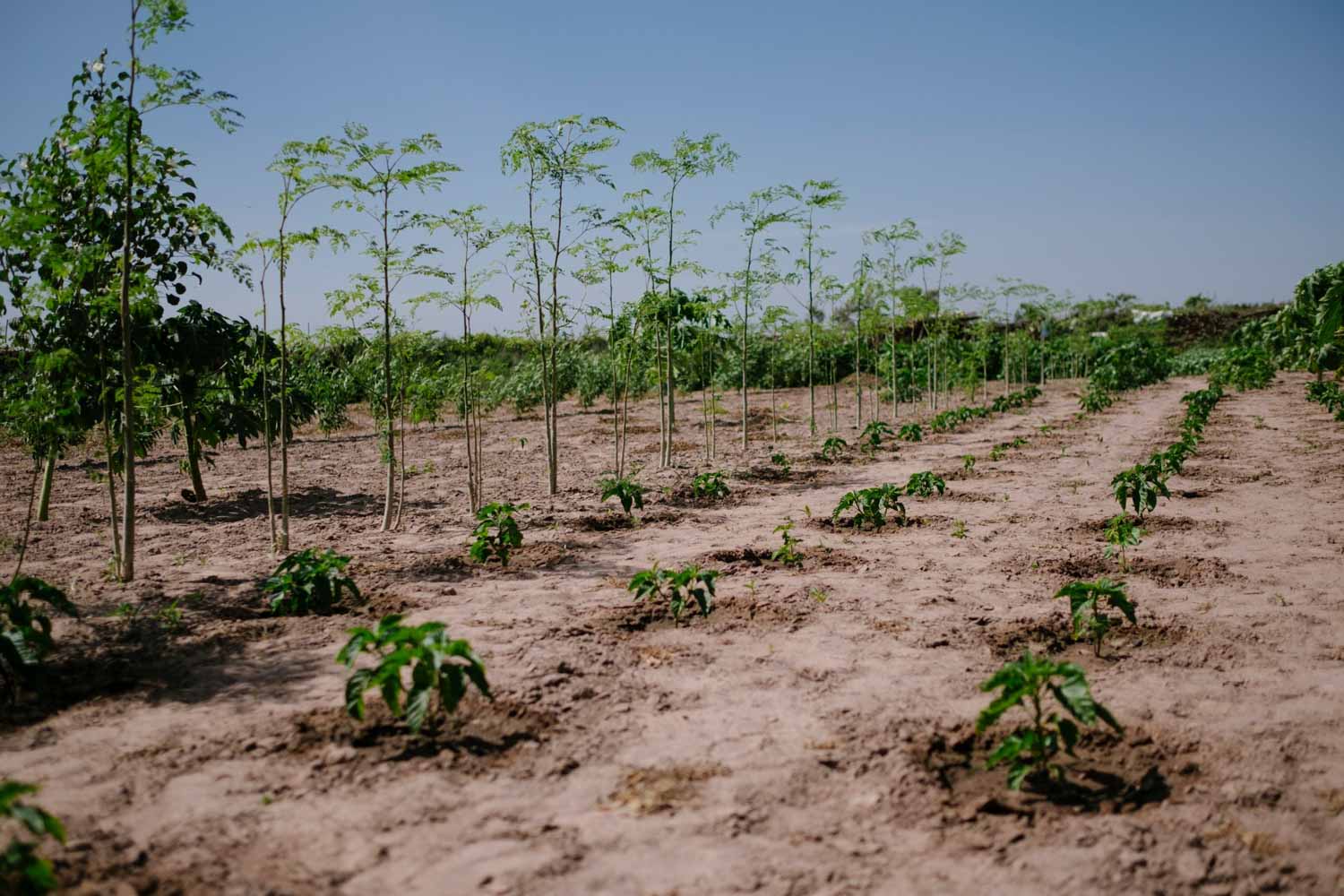
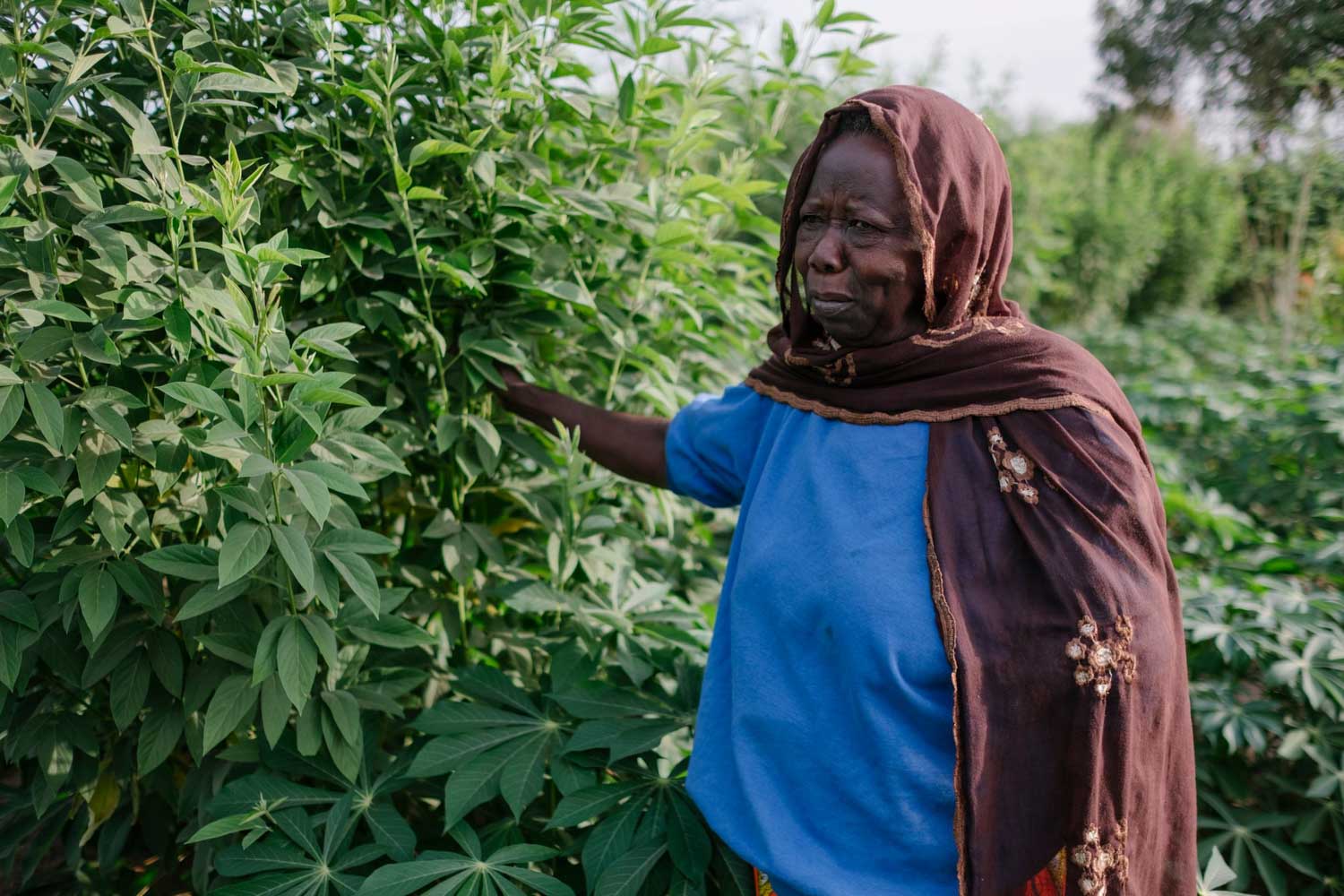
Our strategy, then, is this: we plant the right trees in the right place at the right time, all while supporting the local communities we work with. But there is, of course, another vital element to bringing forests back: Ecosia users like you.
